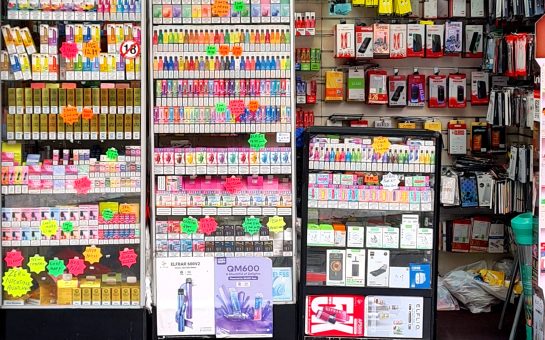A revolutionary heart attack sensor has been developed by researchers from Manchester University’s School of Materials.
The tiny sensor, measuring around a billionth of a meter, detects whether a person has had a heart attack and could potentially greatly improve patient survival rates.
A heart attack does not always have obvious symptoms, such as pain in your chest. A heart attack can in fact happen without a person knowing it. These “silent” heart attacks can increase the chance of having further cardiac arrests.
“My Dad suffered a heart scare in late 2013 and has been rehabilitating since, and I have lost good friends to heart disease, so I know full well the devastation that it can bring to individuals and families,” said Dr David J. Lewis, who is leading the Manchester team.
“The fact that it could potentially have societal impact beyond academia and could potentially improve patient survival and quality of life beyond a heart attack is, for me, amazing.”
Heart diseases account for around 30% of adult deaths in the 30−70 year age group, more than all types of cancer combined, and according to the British Heart Foundation, Mancunians are more likely to die from heart disease than anywhere else in England.
The Manchester team have worked with India’s Institute of Nano Science and Technology (INST) since 2014 to develop the tiny electronic sensor made from a new 2d material called “few-layer black phosphorous”.
When someone has a heart attack, Myoglobin levels increase in their blood plasma and this is measured by hospitals to see if someone has suffered a heart attack.
Dr. Lewis’s new sensor is potentially the most rapid, sensitive, selective and accurate way to detect if someone has elevated levels of myoglobin.
The test could in time be used at patient bedsides, and does not require the use of centralised laboratories that may slow down a diagnosis.
Image courtesy of mediadashting via YouTube, with thanks.



